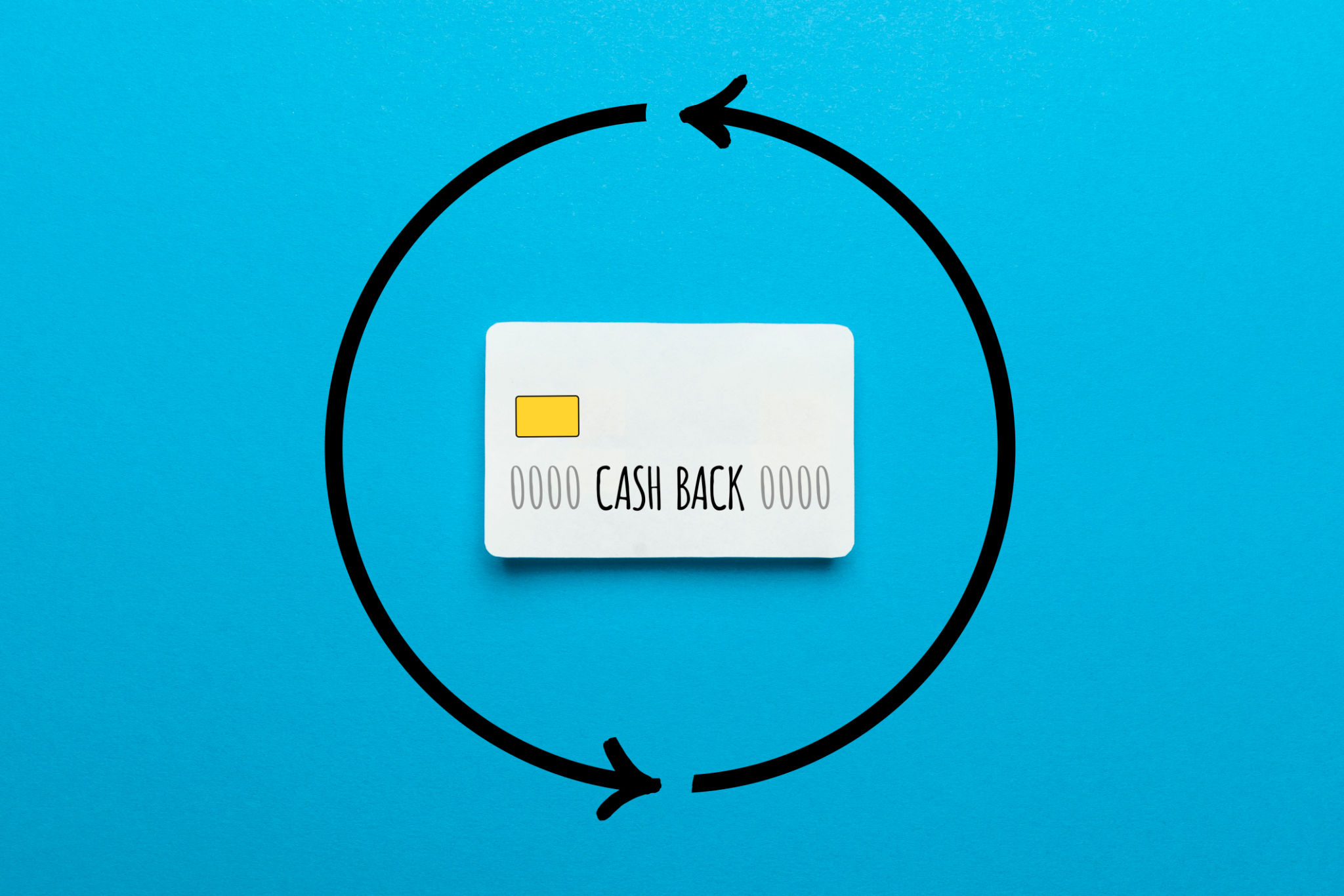Chargeback Claims: How to Navigate Disputes Successfully
Understanding Chargeback Claims
Chargeback claims are a common challenge for businesses, especially those dealing with online transactions. A chargeback occurs when a cardholder disputes a transaction, requesting a reversal of the payment. While designed to protect consumers, chargebacks can be costly and time-consuming for merchants. Understanding how to navigate these disputes successfully can save your business money and maintain customer satisfaction.

Identifying the Reasons for Chargebacks
There are several reasons why customers may initiate chargebacks. Common causes include unauthorized transactions, dissatisfaction with the product or service, or non-receipt of goods. Identifying the root cause is crucial in formulating a response. This can involve reviewing transaction records, communication with the customer, and evaluating your business processes.
Gathering Evidence to Support Your Case
When a chargeback is initiated, gathering evidence is critical. Documentation such as sales receipts, delivery confirmations, and customer communications can help build a strong defense. It's important to respond promptly with all necessary information to demonstrate that the transaction was legitimate and fulfilled as agreed.

Responding to Chargeback Disputes
Once you've gathered your evidence, it's time to formulate a response. Most payment processors have a specific process for submitting documentation and evidence. Be sure to follow these procedures precisely and provide a clear, concise argument for why the chargeback should be reversed. Remember, time is of the essence, as there are strict deadlines for responding to disputes.
Preventing Future Chargebacks
While dealing with existing chargebacks is important, preventing future disputes is equally crucial. Implementing best practices such as clear communication, accurate product descriptions, and prompt delivery can reduce the likelihood of chargebacks. Additionally, consider using fraud detection tools to identify potentially fraudulent transactions before they occur.

Leveraging Technology to Manage Disputes
Technology can be a powerful ally in managing chargebacks. Consider utilizing chargeback management software that automates the collection of evidence and streamlines the dispute process. Such tools can help you stay organized and efficient, ensuring that you meet deadlines and maximize your chances of success.
The Role of Customer Service
Excellent customer service plays a pivotal role in reducing chargebacks. By addressing customer concerns promptly and professionally, you can often resolve issues before they escalate to a chargeback. Encourage open communication and make it easy for customers to reach out with questions or problems.
In conclusion, navigating chargeback claims effectively requires a combination of diligence, organization, and proactive measures. By understanding the process and implementing strategies to prevent disputes, you can protect your business from unnecessary losses and maintain positive customer relationships.
